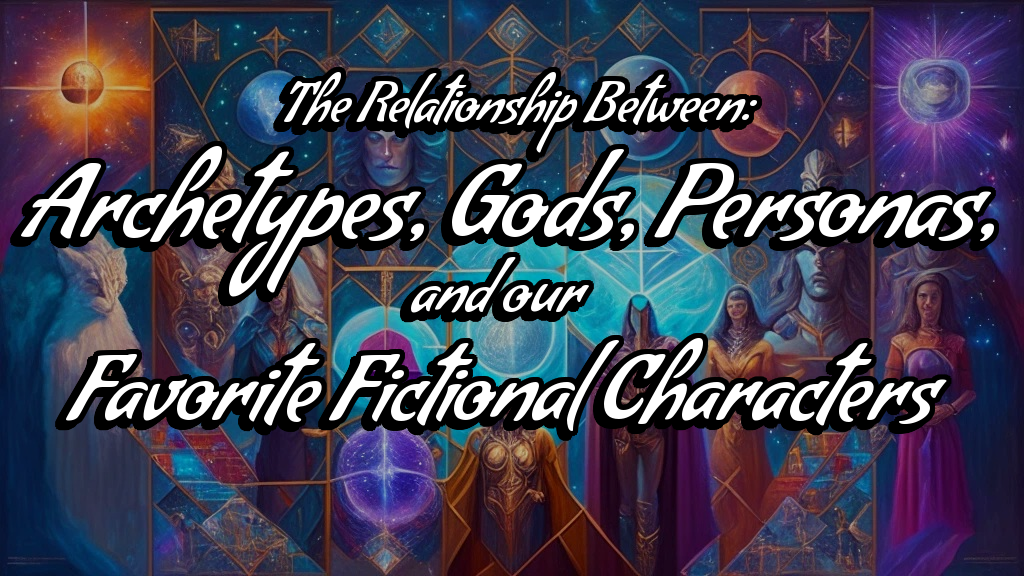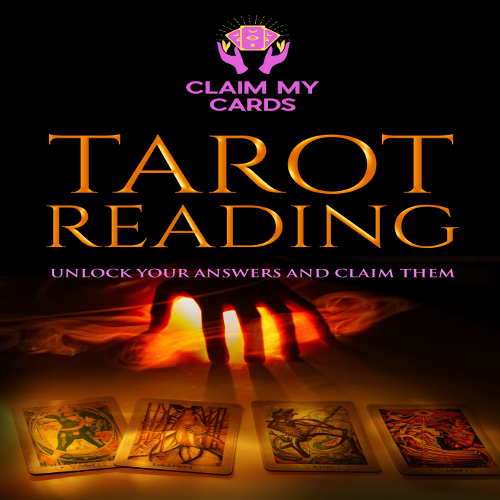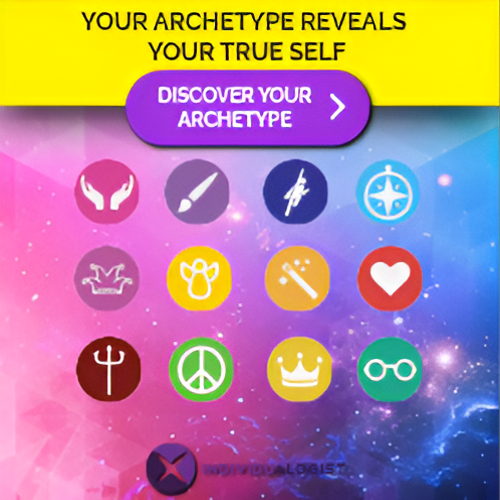Have you ever found yourself deeply entwined with a character from a book or film, feeling their joys and sorrows as if they were your own? Or perhaps you’ve been captivated by the timeless allure of ancient myths, drawn to the tales of gods and heroes that have echoed through the ages? These immersive experiences hold a secret: the intricate connections between archetypes, our personas, the Gods, and our favorite fictional characters. Within this complex web lies the very essence of storytelling and our shared human experiences. As we embark on a journey through the realms of imagination and psychology, we will peel back the layers to uncover how these elements intricately shape the narratives we cherish and the fundamental tapestry of our lives.
Archetypal Patterns: The Universal Threads in Storytelling
Defining Archetypes
In the vast landscape of literature and psychology, archetypes emerge as fundamental elements that bind humanity’s collective consciousness. These universal imprints, motifs, or structures are woven into the very fabric of human thought and behavior. They transcend cultural and temporal boundaries, speaking to the common threads that unite us all. Archetypes encapsulate the raw emotions, desires, and attributes that have resonated across civilizations, forming a bridge between ancient myths and modern narratives.
Unraveling Common Archetypes
Among the rich tapestry of archetypes, some figures have transcended time and culture to become universally recognized. The Hero, embarking on a transformative journey and conquering formidable challenges, stands as a testament to humanity’s indomitable spirit. The Mentor, offering guidance and wisdom, mirrors the role of experienced figures in guiding us through life’s tribulations. Meanwhile, the Trickster, playful and enigmatic, adds a dash of unpredictability to both ancient myths and modern narratives. These archetypal personas serve as touchstones for human experiences, reflecting our own aspirations, struggles, and triumphs.
Archetypes as Storytelling Templates
In the realm of storytelling, archetypes operate as powerful templates that lend structure and familiarity to narratives. Authors and creators tap into these foundational patterns to craft characters and situations that resonate deeply with audiences. By weaving archetypal traits into characters’ personalities, writers create a sense of connection between the fictional realm and the reader’s own experiences. These archetypal threads act as guiding lights, leading us through the intricate labyrinth of stories while inviting us to explore the corners of our shared human psyche.
Personas: The Social Masks We Adopt
Understanding Personas
Life’s stage is vast and varied, and as we traverse its diverse scenes, we often find ourselves adopting different roles and personas. Personas are the versatile masks we wear, enabling us to navigate the social intricacies of our existence. Just as a skilled actor dons various costumes and personas to portray different characters, we too slip into different roles to navigate interactions, relationships, and societal expectations.
Personas and Archetypal Roles
The interplay between personas and archetypal roles is a symphony of psychology and storytelling. Each persona we adopt carries a subtle resonance with archetypal patterns deeply ingrained within our collective consciousness. When these personas align with archetypes, they become powerful vessels of relatability. Much like a character in a novel, our personas draw upon the wellspring of human experience, allowing us to evoke emotions and reactions that span cultures and generations.
Personas Driving Character Development
Characters in stories mirror this complexity of personas. They, too, journey through a landscape of roles, adapting and evolving to fit the demands of their circumstances. This dynamic interplay adds layers of depth to characters, revealing facets of their personalities that might remain hidden in more static narratives. Just as we transform ourselves to suit the demands of different situations, characters metamorphose, driven by the ebb and flow of archetypal influence, to emerge as multi-dimensional beings with intricately woven personas.
Gods: The Supreme Archetypal Figures
The Role of Gods as Archetypes
In the vast pantheon of mythology and religion, gods rise as archetypal figures of immense significance. They transcend the mundane boundaries of humanity, embodying cosmic forces, virtues, and vices that shape the universe and the human experience. Just as archetypes are the building blocks of narrative, gods serve as pillars of symbolic representation, encapsulating the grand themes of existence that extend beyond mortal comprehension.
Gods Embodying Archetypal Traits
In ancient myths, gods often personify specific archetypal traits, serving as conduits through which human beings explore and understand the complexities of life. The God of War stands as a testament to the eternal struggle between conflict and peace, embodying the archetypal essence of power and conflict. Similarly, the Goddess of Love exemplifies the universal longing for connection and unity, echoing the archetypal realm of love and companionship. These deities, through their divine narratives, serve as mirrors that reflect our collective aspirations and dilemmas, allowing us to engage with archetypal energies on a mythic scale.
The Stories We Love: Tracing the Archetypal Journey
How Fictional Characters Align with Archetypal Personas
Consider the heroes and heroines that have graced the pages of literature and adorned the screens of cinemas. These beloved fictional characters, whether traversing galaxies in space operas or unraveling mysteries in detective novels, often align seamlessly with archetypal personas. Their struggles, triumphs, and personal growth echo the familiar cadence of archetypal patterns, drawing us into their worlds and inviting us to witness our own narratives mirrored in their adventures.
The Impact of Archetypal Roles on Storytelling
The art of storytelling is elevated when archetypal roles are deftly interwoven into characters’ identities. When a hero embarks on a journey of self-discovery, facing challenges and inner demons, their transformative arc resonates with the timeless Hero’s Journey archetype. As we journey alongside them, we find solace in their struggles, empowerment in their victories, and inspiration in their growth. Archetypal roles form a bridge of empathy, allowing readers and viewers to connect deeply with characters and their universal quests.
The Deeper Connection: Archetypes, Personas, Gods, and You
Psychological Resonance of Archetypal Patterns
The human psyche is a mosaic of archetypal resonances, each piece reflecting the collective pool of shared experiences. As we engage with characters embodying archetypal personas, we uncover a tapestry of emotions, fears, and dreams that reverberate within us. The Hero’s courage becomes an echo of our own capacity for bravery, the Lover’s passion reflects our yearning for connection, and the Sage’s wisdom mirrors our quest for understanding.
The Role of Archetypal Stories in Our Lives
Archetypal stories are more than mere entertainment; they serve as mirrors through which we glimpse the contours of our own lives. Just as gods and heroes wrestled with cosmic challenges, we, too, navigate the tumultuous seas of existence. The trials and triumphs of archetypal characters offer us a framework to interpret our experiences, a lens through which we can make sense of our own narratives and find meaning in our personal quests.
Transcending Boundaries: Archetypes in Modern Culture
The Influence of Archetypes on Modern Culture
Archetypes have transcended the confines of ancient myths and classic literature, permeating modern culture in astonishing ways. Here are some examples of how archetypes continue to shape the stories that define our society:
The Hero’s Journey: This archetypal tale, famously outlined by Joseph Campbell, still influences countless stories. From Luke Skywalker to Harry Potter, the journey of a protagonist leaving their ordinary world, facing challenges, and ultimately returning transformed resonates with audiences worldwide.
The Villain: The archetypal villain, like Darth Vader or the Wicked Witch of the West, represents the darker aspects of human nature and the challenges that must be overcome. They add depth and conflict to narratives, making the hero’s journey more compelling.
The Mentor: Characters like Gandalf in “The Lord of the Rings” or Morpheus in “The Matrix” embody the mentor archetype. They guide and train the hero, providing wisdom, knowledge, and guidance on their path to self-discovery and success.
The Magician: Characters like Doctor Strange or Merlin tap into the archetype of the mystic, possessing arcane knowledge and abilities that bridge the gap between the ordinary and the supernatural.
The Underdog: Stories of underdogs rising against overwhelming odds, such as “Rocky” or “The Karate Kid,” tap into the archetype of triumph over adversity. These narratives inspire hope and resilience in audiences.
The Outlaw: Characters like Robin Hood or Han Solo embody the outlaw archetype, challenging authority and fighting against injustice, often with a sense of charm and rebellion.
The Chosen One: The archetype of the chosen one, seen in characters like Neo in “The Matrix” or Anakin Skywalker in “Star Wars,” explores the idea of an individual with a unique destiny to fulfill.
These examples illustrate how archetypes influence and shape the narratives that resonate with audiences, reflecting universal themes, emotions, and experiences in diverse and compelling ways.
The Adaptation and Reinterpretation of Archetypal Figures
As our world evolves, so too do the forms that archetypal figures take. The heroes of today’s literature may wield lightsabers or navigate virtual realms, yet their journeys echo the age-old archetypal odysseys. Through adaptation and reinterpretation, archetypes remain a versatile tool that resonates with audiences across cultures and generations, a testament to their enduring relevance in a world marked by rapid change.
The Endless Tapestry of Human Experience
In the intricate tapestry of human experience and storytelling, archetypes, personas, gods, and fictional characters are interconnected threads that weave together the narratives that define our lives. Archetypes are the universal blueprints that underpin our thoughts, emotions, and actions, transcending time and culture to speak to the core of our shared humanity. They provide the raw materials from which personas are shaped, the masks we don to navigate the complexities of social interactions, relationships, and societal expectations.
The Gods embody archetypal traits on a grand cosmic scale, representing the fundamental forces and virtues that shape existence itself. These archetypal figures serve as mirrors through which we explore and understand the depths of our own aspirations, fears, and desires. Likewise, the characters that populate our favorite stories reflect the archetypal personas that resonate within us, inviting us to embark on journeys of self-discovery, growth, and transformation.
As we immerse ourselves in the narratives of heroes and heroines, villains and mentors, we find ourselves on a journey of psychological resonance. Archetypal stories become vessels through which we explore our own lives, interpreting our experiences through the lens of universal patterns. These narratives offer solace, empowerment, and inspiration as we navigate the challenges and triumphs of our own existence.
Archetypes are not confined to the pages of ancient texts or the screens of cinemas; they are living forces that continue to shape modern culture. From the Hero’s Journey to the archetype of the underdog, these timeless patterns persist and evolve, adapting to the changing landscapes of our world. Through adaptation and reinterpretation, archetypal figures remain a testament to their enduring relevance, serving as bridges that connect us to our past, present, and future.
In essence, the hidden matrix of archetypes, personas, gods, and the stories we love is a reflection of our collective psyche, a mirror that reveals the intricate dance between ancient wisdom and modern imagination. It is a reminder that the narratives we cherish are not mere diversions, but profound explorations of what it means to be human. As we journey through the realms of archetypal resonance, we discover that the stories we love are, in fact, stories of ourselves – a testament to the enduring power of storytelling to illuminate the depths of our shared human experience.
If you would like to learn more about the archetypal patterns shaping your own unique persona, click here to claim a FREE, personalized Archetype Reading.





